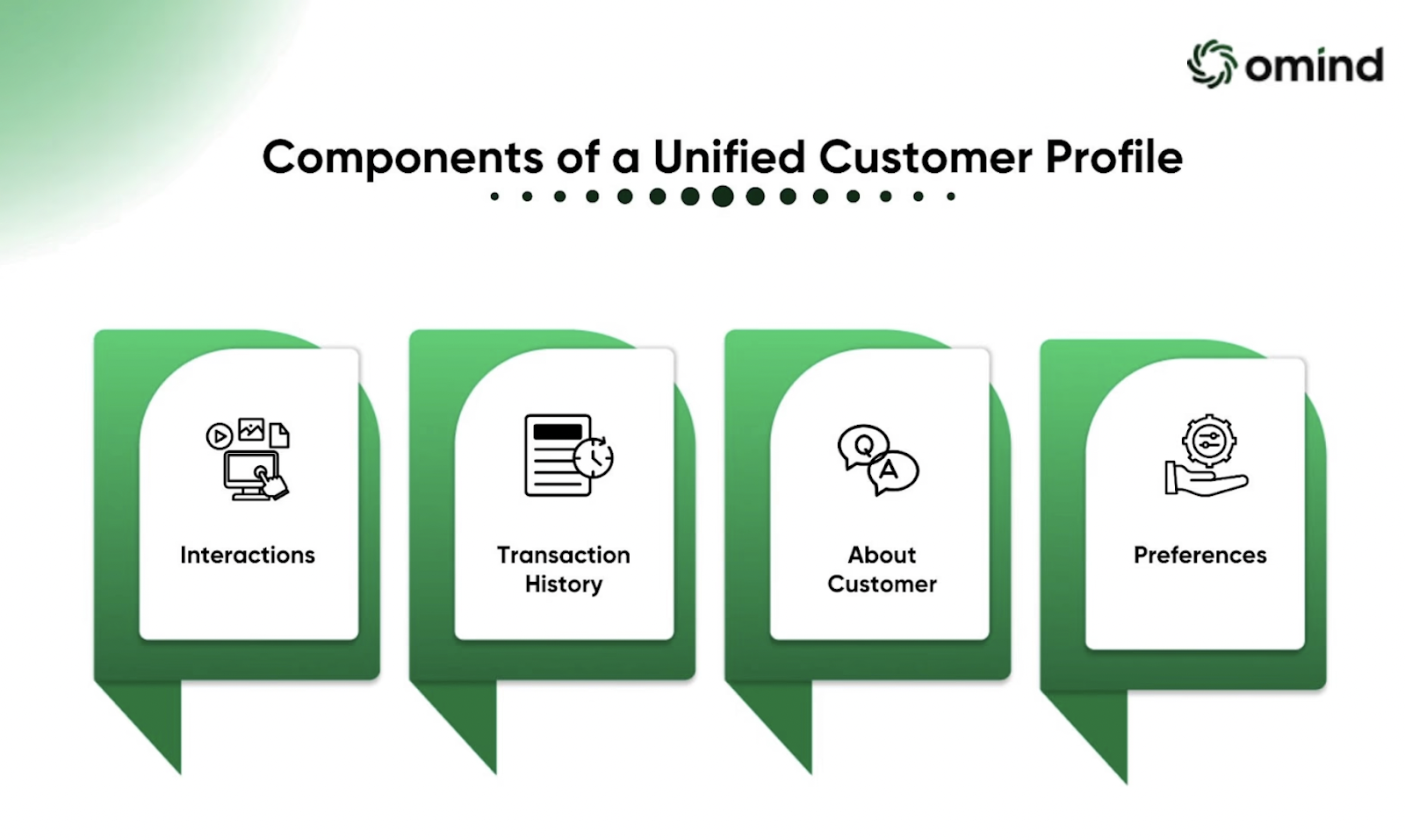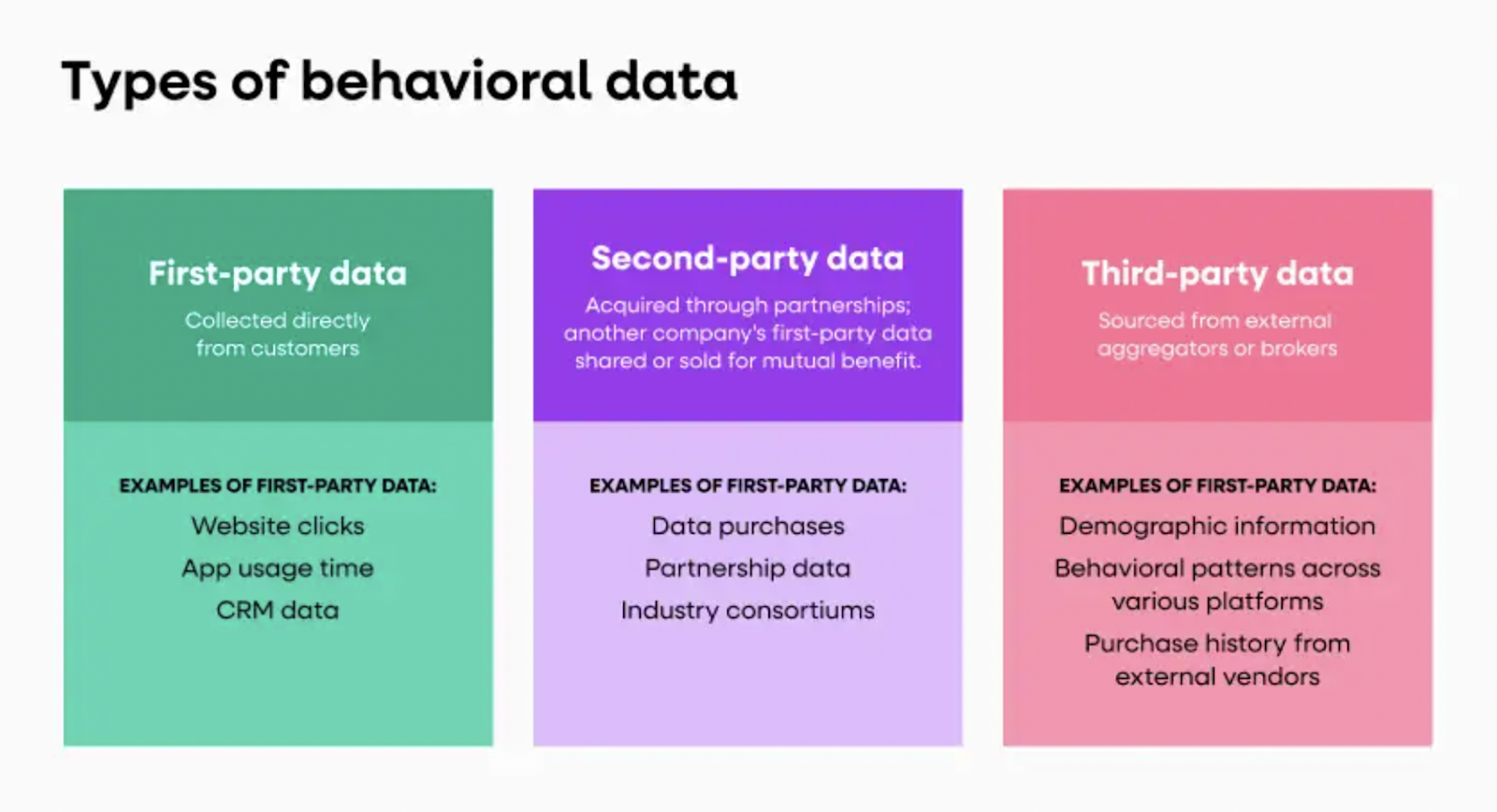The Benefits of Creating a Unified Customer Profile
Customer experience (CX) is at the core of business growth. Whether a customer engages with your brand through social media, a website, an email campaign, or directly with your sales team, they expect seamless, personalized interactions. Delivering this level of consistency becomes challenging when customer data is scattered across different systems, leading to fragmented insights and missed opportunities.
A unified customer profile solves this challenge by consolidating data from multiple touchpoints into a single, comprehensive view. This approach helps businesses gain deeper insights into customer behaviors, preferences, and needs, leading to meaningful CX improvement. The result is stronger relationships, greater loyalty, and measurable business growth.
In this article, we’ll explore the key benefits of creating a unified customer profile, how it enhances CX, and practical steps to build one within your organization.
Quick Takeaways
- Consolidating customer data from multiple touchpoints creates personalized, consistent experiences that strengthen relationships.
- Understanding customer behaviors and preferences allows businesses to deliver relevant content, offers, and support tailored to individual needs.
- Centralized customer insights help businesses make data-driven decisions that improve marketing, sales, and service strategies.
- Addressing issues like data silos, inconsistent quality, and privacy concerns ensures the effectiveness of unified customer profiles for sustainable growth.
What Is a Unified Customer Profile?
A unified customer profile is a comprehensive view of an individual customer, created by consolidating data from multiple channels and touchpoints. This data can include interactions from CRM systems, marketing platforms, customer support records, social media activity, website behavior, purchase history, and more. The goal is to bring together all relevant information in one place to create a clear, accurate picture of each customer.
Instead of dealing with fragmented data scattered across departments, a unified customer profile connects the dots. It allows businesses to understand customer preferences, track behavior patterns, and anticipate needs. With this level of insight, companies can deliver more personalized, consistent, and relevant experiences at every stage of the customer journey.
Key components of a unified customer profile include:
- Demographic Information: Name, age, location, job title, etc.
- Behavioral Data: Website visits, content engagement, purchase history, and product usage.
- Interaction History: Emails opened, calls made, support tickets submitted, and social media interactions.
- Preferences: Communication preferences, product interests, and feedback.
- Transactional Data: Purchase frequency, average order value, and payment history.

By having a single source of truth, businesses can move beyond guesswork and make data-driven decisions that improve customer relationships and drive growth.
The Benefits of Creating a Unified Customer Profile
Building a unified customer profile offers significant advantages for businesses looking to enhance customer experience and achieve sustainable growth. Here’s how it makes an impact:
Enhances Customer Experience (CX Improvement)
- Personalized Interactions: With a clear view of customer preferences and behavior, businesses can tailor content, offers, and communication to meet individual needs. This makes interactions feel more relevant and engaging.
- Seamless Omnichannel Experiences: A unified profile ensures that customers receive consistent messaging and service across all channels—whether they’re engaging via email, social media, live chat, or in person.
- Faster Response Times: Customer-facing teams have immediate access to critical information, allowing them to address inquiries and resolve issues more efficiently.
- Improved Customer Journey Mapping: Understanding how customers move through different touchpoints helps businesses identify gaps, reduce friction, and optimize the overall journey.
- Proactive Engagement: Data insights make it possible to anticipate customer needs, allowing businesses to offer solutions before issues arise.
Drives Business Growth Beyond CX
- Higher Customer Retention: Personalized, consistent experiences build trust and loyalty, reducing churn and increasing customer lifetime value.
- Increased Revenue Opportunities: A deeper understanding of customer behavior enables more effective cross-selling and upselling strategies.
- Data-Driven Decision-Making: Unified data provides a complete picture, empowering marketing, sales, and service teams to make informed decisions based on real customer insights.
- Operational Efficiency: Consolidating customer data reduces duplication, streamlines workflows, and fosters better collaboration across departments.
For a deeper understanding of how client data enhances personalized customer experiences, check out this short video that highlights the importance of leveraging customer data effectively:
This video reinforces the idea that unified customer profiles aren’t just about data collection. They’re about creating meaningful, personalized connections that drive both customer satisfaction and business growth.
How to Build a Unified Customer Profile
Creating a unified customer profile requires integrating, organizing, and leveraging data effectively. Here’s a step-by-step approach to building profiles that drive meaningful CX improvement:
Centralize Customer Data
Start by consolidating data from all customer touchpoints into a single system. This includes data from CRM platforms, marketing automation tools, customer service software, social media, and e-commerce platforms. Centralizing this information eliminates data silos, giving every team access to the same insights.
Clean and Organize Data
Data is only valuable if it’s accurate and up-to-date. Regularly clean your database to remove duplicates, correct errors, and fill in missing information. Standardizing data formats ensures consistency, making it easier to analyze and apply insights across departments.
Leverage Technology for Integration
Use tools like Customer Data Platforms (CDPs), Data Management Platforms (DMPs), and CRM systems to connect and integrate data from different sources. These technologies help create a unified view by automatically syncing customer information and providing real-time updates.
Enrich Customer Profiles with Behavioral Data
Go beyond basic demographic details. Incorporate behavioral data such as website activity, email engagement, purchase history, and customer feedback.

This provides a deeper understanding of what drives customer decisions, allowing for more personalized and relevant interactions.
Ensure Data Privacy and Compliance
Respecting customer privacy is critical. Implement data governance policies to manage how data is collected, stored, and used. Make sure your processes comply with regulations like GDPR and CCPA, and be transparent with customers about how their data is handled.
Challenges in Creating a Unified Customer Profile
While the benefits of a unified customer profile are clear, businesses often face challenges when trying to implement one. Here are some common obstacles and strategies to overcome them:
Data Silos
When customer data is spread across different systems or departments, it’s difficult to get a complete view.
How to Overcome: Foster collaboration between teams and invest in integrated platforms that allow data to flow seamlessly across systems.
Inconsistent Data Quality
Data that’s outdated, incomplete, or inaccurate undermines the effectiveness of customer profiles.
How to Overcome: Establish data governance protocols, including regular audits, validation processes, and automated tools to maintain data quality.
Complex Integration Processes
Integrating data from multiple sources can be technically challenging, especially if legacy systems are involved.
How to Overcome: Use scalable data integration tools and APIs that simplify the process, and consider working with IT specialists to streamline implementation.
Privacy and Compliance Concerns
Collecting and managing customer data comes with legal responsibilities around privacy and security.
How to Overcome: Stay informed about data protection regulations, implement strong security measures, and ensure transparency with customers regarding data usage.
Conclusion
Creating a unified customer profile is a game-changer for businesses focused on CX improvement, providing the insights needed to deliver personalized, seamless, and consistent customer experiences. By consolidating data across touchpoints, companies can build stronger relationships, boost retention, and drive meaningful growth.
Televerde can help your organization achieve CX improvement through data-driven strategies. Contact us today to schedule a consultation with our expert team.


